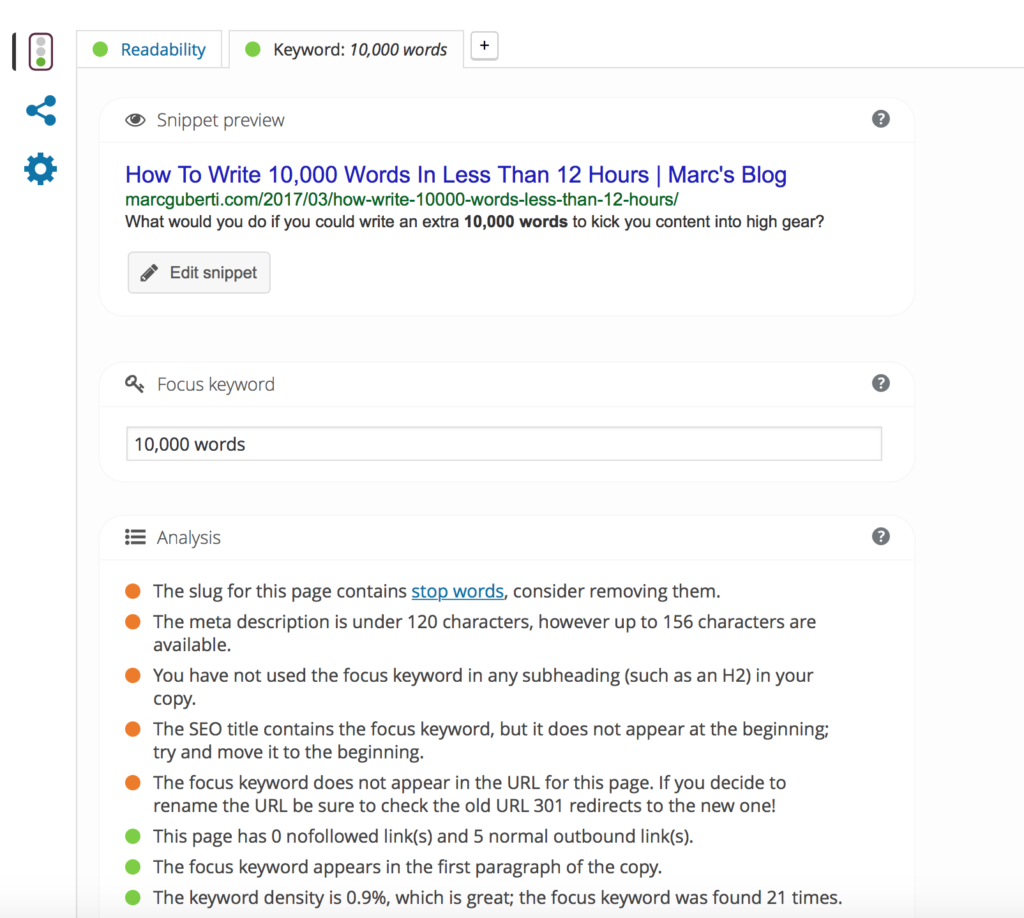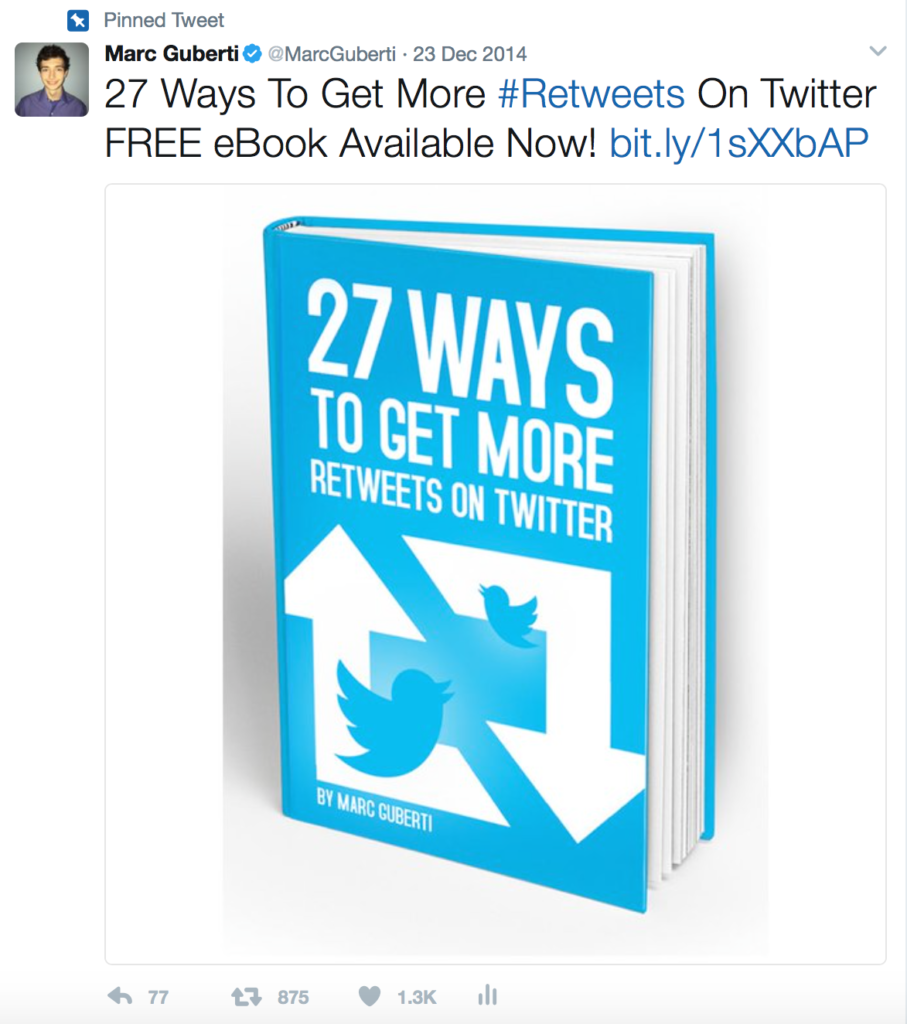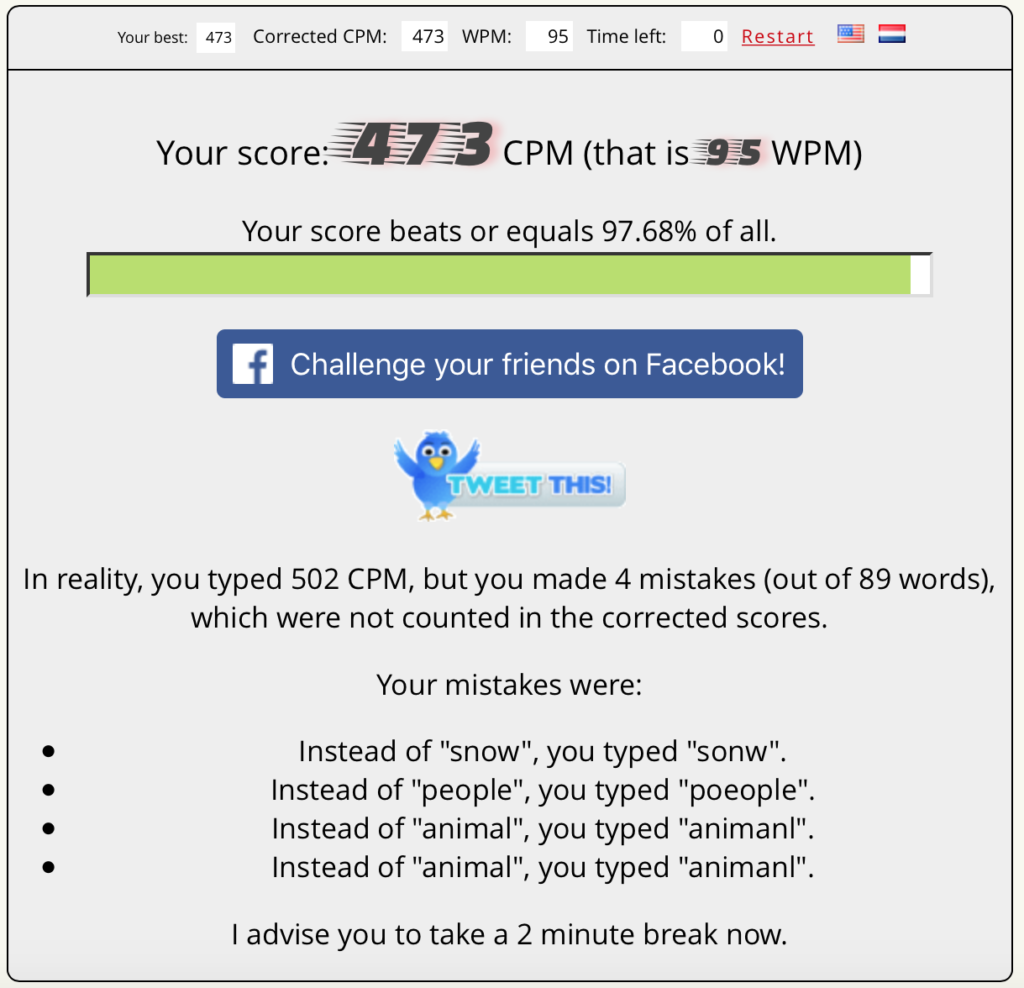Freelancing presents a golden opportunity to make money to finance your blogging efforts. After all, blogging itself is a big investment of both time and money — you have to invest in various tools, platforms, and even freelancers.
Still, many people who try to juggle freelancing and blogging end up losing control over one or the other. Balance is the key to keeping both moving forward in tandem, and this post offer tips to help you get there.
Hire Freelancers
When you start earning money as a freelancer, it’s perfectly acceptable to use some of those earnings to hire a freelancer.
Do the math:
Let’s assume it takes you an hour to schedule your daily social media posts. And as a freelancer, you’re hired to write content at $20/hr.
If you hire a freelancer to schedule your social media posts at $10/hr, and both of you work the same amount of hours each week, you’ll have a net gain of $10/hr.
Sure, $10/hr may not sound life altering, but this example gives you an idea of how you can freelance to lighten your workload and make a profit. And the principle can be applied to higher amounts of money.
If you’re paid $50/hr as a freelancer, for example, you’ll have a bit more wiggle room and more money to spend on outsourcing content creation, outreach efforts, or any other business activity that’s important to you.
For content creation specifically, you can hire writers that can imitate your style and complete your projects. For instance, if you’re paid $100 to write an article, you can pay a ghostwriter $50 to write it for you in your voice.
If you work with a good writer, you’ll only need to proofread the article and/or make minor adjustments before submitting it.
Using these simple calculations, it’s easy to see how you can make extra income without making additional time commitments. You are simply shifting attention from one task to another (i.e. from scheduling social media posts to writing content for someone else).
Stick to a Schedule
Part of making the freelancer-blogger journey work for you is sticking to a schedule. You need to delegate certain times of day in which you focus on your freelance work or blog.
That means time stamping when you’ll begin a task, and when you’ll finish it. My own schedule includes running, content creation, summit preparation, showering, eating, and a wide range of other activities – all of which are written into my daily schedule.
Schedule your day down to the minute, but be sure to give yourself some free time because you’ll need short recovery periods to remain energized and motivated.
Connect the Dots
The best freelancing opportunities are high paying jobs that perfectly align with the work you’re already doing for your blog. If you like to write about social media, for example, look for freelancing opportunities that require knowledge of social media.
When your blogging and freelancing efforts work in synergy, you’ll naturally be more efficient since there isn’t as much of a learning curve.
Simply managing a social media account connects with blogging about social media. You can write content based on what you’ve learned (just make sure not to mention a client by name unless you have permission).
Efficiency is Everything
And everything you do should be done as efficiently as possible.
We are either efficient or inefficient at any given moment. Inefficient time represents failure, while efficient time represents success. Strive to become as efficient as possible in carrying out your freelancing and blogging tasks.
And don’t forget to carry it over into every other thing you do. Rather than write emails of several paragraphs, for example, write a few sentences that get your point across. And when appropriate, copy and paste responses that you’ve written ahead of time.
Every second you save adds up. Get into the habit of saving a few seconds here and there, and soon those seconds will turn into minutes and hours.
Identify the tasks that take up the majority of your time. If you’re not sure, simply begin tracking your daily activity over the next month. Once you have these tasks in mind, ask yourself how you can cut 20% of the time needed to complete them and still get the same results.
Here are two critical ways to boost your efficiency:
- Have a strong desire to boost your efficiency.
- Create systems that allow you to become more efficient.
Your desire will increase as you work towards becoming more efficient each day.
The winning system is dependent on the task and how you work. We all have different philosophies; the key to building better systems is understanding the methods that work best for you, not others.
Some people prefer to spend 2-3 days a month on their content creation efforts; others work on their content a little each day. Some people spend time outlining their blog posts; others let the writing itself guide direction.
I happen to think that if you aren’t using outlines, you’re making an efficiency blunder. But again, the trick is understanding what works for you.
Concentrate on Long-Term Clients
Freelancers spend a lot of their time looking for work and writing proposals.
While there’s nothing wrong with a one-time job, once it’s finished the freelancer must seek out another job, and write another proposal.
If you’re serious about pursuing freelancing, always be on the look out for long-term work and spend time writing winning proposals for those clients.
Not only will you work more efficiently, you’ll have a steady income and won’t always be stressed out about finding the next job.
In Conclusion
Freelancing provides a certain sense of security (you can’t fire yourself) and independence (like working in pajamas?).
Not only that, many jobs have a payout ceiling; more effort and results don’t necessarily translate to more pay. But other jobs pay by performance, and the idea of being paid for what you’re truly worth makes the entrepreneurial journey very appealing.
As a freelancer, you set your own rates. Start small, and as you work your way up, raise them! Use the money to pay for some of your business expenses now with the goal of being completely free to run your business in the long-term.
While it’s harder to get out of the gate initially as a teen (you have to do a lot more to demonstrate your credibility), a huge benefit of starting early is experience.
Freelancing will help you with expenses as you charge forward on your blogging journey. I was able to completely offset my living expenses!
What are your thoughts on freelancing and blogging? Have any tips for us? Sound off in the comments section below.
Update
I joined together with some other experts on a project with the Tommy John team. venThere’s e more tactics in this infographic for freelancing without losing control of your blog or any of your other big projects.











